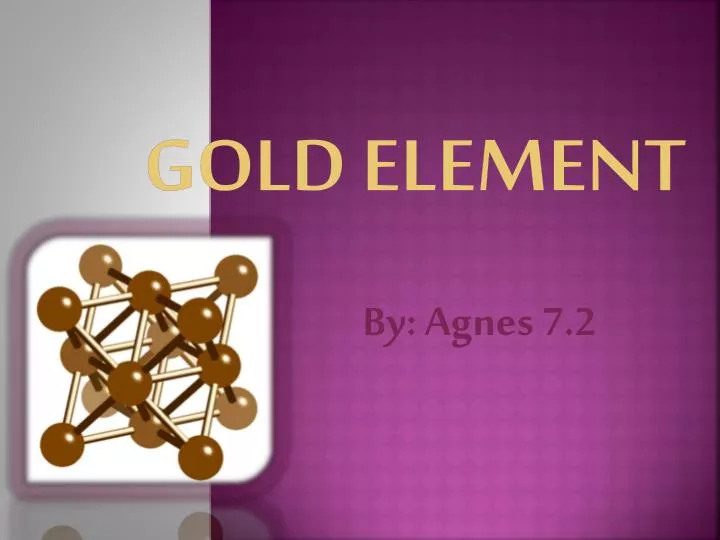
About 1 ounce of gold can be hammered or pressed into 300 square feet sheet. Gold is a soft metal and is usually used in alloyed form to provide strength and durability. Oceans, including the Northeast Pacific and Atlantic contain about 10–30 parts per quadrillion, that makes about 10–30 g/km 3 of gold in form of flakes or nuggets. The annual production of gold in the world is 2500 tons per year. The other countries where gold is being mined include USA, Canada and Russia. The biggest producer of gold is China from around two third of the gold (around 455 tons) in world is produced. The term “electrum” is used for gold ore that have silver content of more than 20%. Naturally, most of the gold present in the Earth’s crust is in combination with silver. Gold is found in association of pyrites deposits and from quarts and gravels. Gold also exists in the form of alloy, such as amalgam (with mercury) or with silver. It is also present in river beds as rock bound gold is released by erosion of rock by running water. Gold is widely present in the Earth’s crust (0.3 ppm by weight). The symbol of gold comes from a word of Latin origin, aurum, which is originated from Aurora, which is the goddess of morning glow. Geolo (Sanskrit origin meaning to shine) means yellow. The word gold has been originated from the word “geolo” used by Anglo-Saxon civilization that inhabited England in the 5 th century. Gold has been considered as perfect and precious metal since ancient times, and long relentless but in vain efforts have been made over centuries to transform various metals into gold, a concept known as alchemy. Gold coins were made in the reign of King Croesus of Lydia (modern Turkey) (561-547 BC). Pure gold has been found from around 6000 years ago Israel kingdom. have been found to contain gold from civilization of 3800 to 2000 BC. And gold made items, such as masks, graves etc. The Egyptians in around 2000 BC started mining of gold. Gold is the metal of prehistoric times and it was collected from water streams in form of particles.
It is unreactive and is highly resistant to corrosion which makes it favorable for wide range of medicinal, ornamental and structural use. Therefore, there are various non-equivalent definitions of atomic radius.Gold is a precious metal which has been in human use since 2000 BC.
GOLD ELEMENT MODEL FREE
However, this assumes the atom to exhibit a spherical shape, which is only obeyed for atoms in vacuum or free space. The atomic radius of a chemical element is a measure of the distance out to which the electron cloud extends from the nucleus. It must be noted, atoms lack a well-defined outer boundary. The atomic radius of Gold atom is 136pm (covalent radius). Note that, each element may contain more isotopes, therefore this resulting atomic mass is calculated from naturally-occuring isotopes and their abundance. The atomic mass is carried by the atomic nucleus, which occupies only about 10 -12 of the total volume of the atom or less, but it contains all the positive charge and at least 99.95% of the total mass of the atom. The atomic mass or relative isotopic mass refers to the mass of a single particle, and therefore is tied to a certain specific isotope of an element. Mass numbers of typical isotopes of Gold are 197. Isotopes are nuclides that have the same atomic number and are therefore the same element, but differ in the number of neutrons. The difference between the neutron number and the atomic number is known as the neutron excess: D = N – Z = A – 2Z.įor stable elements, there is usually a variety of stable isotopes. Neutron number plus atomic number equals atomic mass number: N+Z=A. The total number of neutrons in the nucleus of an atom is called the neutron number of the atom and is given the symbol N.

The total electrical charge of the nucleus is therefore +Ze, where e (elementary charge) equals to 1,602 x 10 -19 coulombs. Total number of protons in the nucleus is called the atomic number of the atom and is given the symbol Z. Gold is a chemical element with atomic number 79 which means there are 79 protons in its nucleus. Atomic Number – Protons, Electrons and Neutrons in Gold


 0 kommentar(er)
0 kommentar(er)
